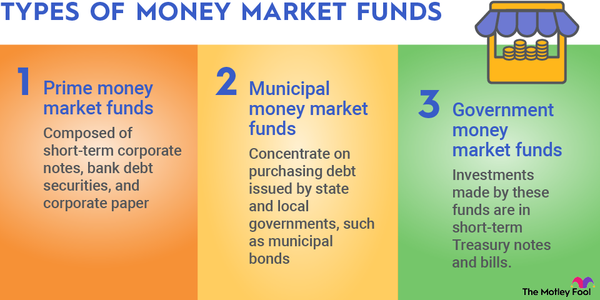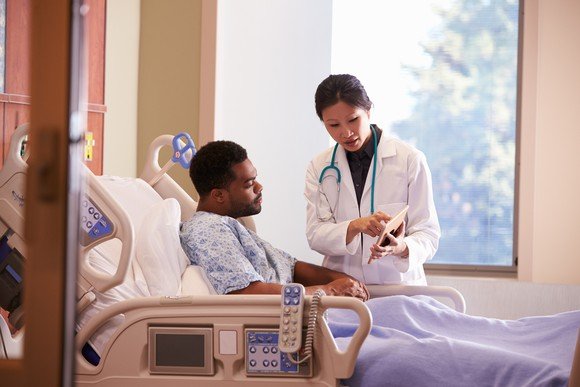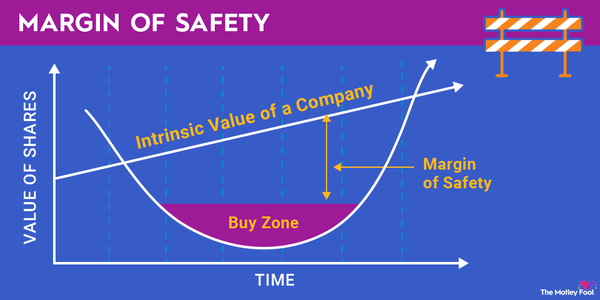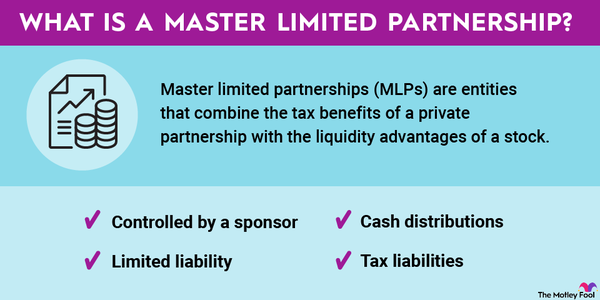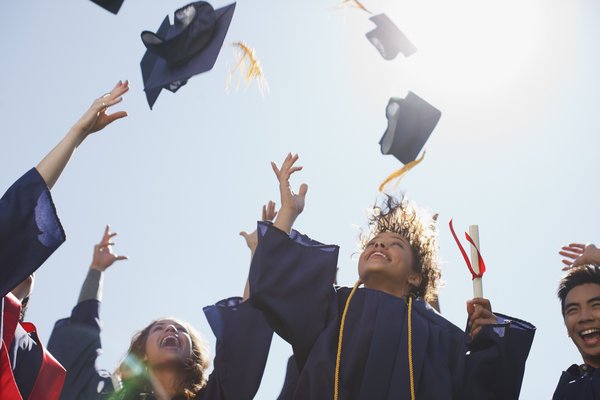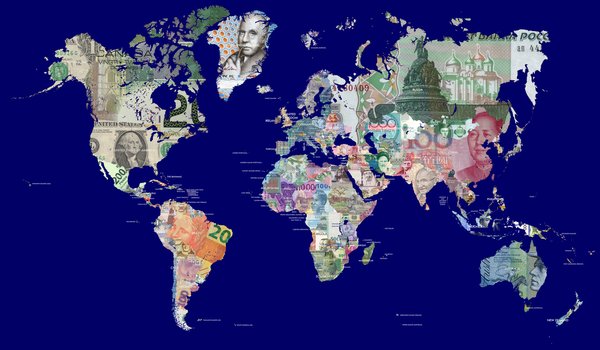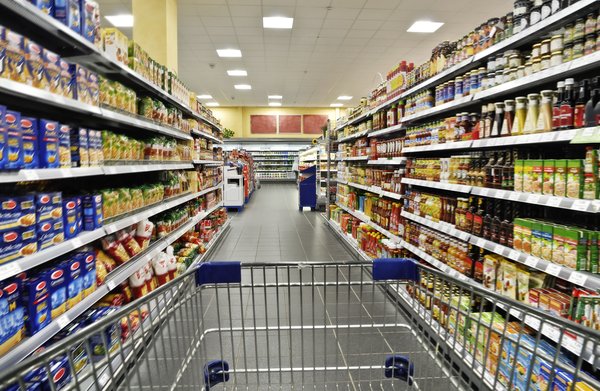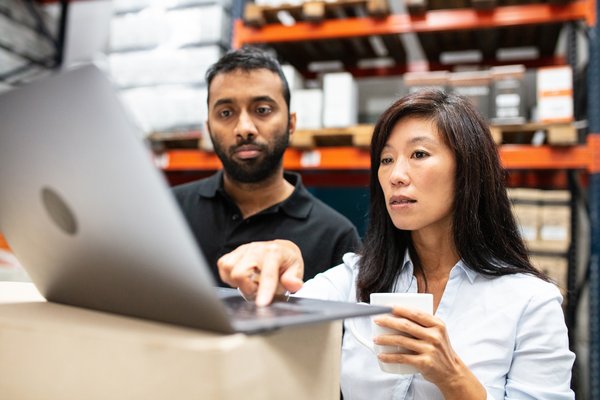What are they?
Mortgage-backed securities, or MBS, are investments that take mortgages, pool them, and then sell the pools of loans to investors as a single investment. As a basic example, if a mortgage lender originates 100 loans that meet the standards of a government-sponsored enterprise such as Fannie Mae, the lender might package the loans as mortgage-backed securities to sell to investors.

The idea is that packaging loans as securities and dividing them up among investors creates a consistent and predictable source of income for investors. Mortgage repayments are passed through to investors. Because of the pooled nature of the securities, investment performance isn’t overly reliant on the performance of any individual mortgage loan.
Think of it this way: If you have $200,000 to invest for income and you buy a single mortgage loan, you’d be in a bad situation if the borrower stopped making payments. On the other hand, if you put your $200,000 to work in mortgage-backed securities that represent a pool of hundreds of mortgages, one borrower stopping payments has a minimal effect on your cash flow.
Problems with MBS in the past
Problems with MBS in the past
Mortgage-backed securities were a major cause of the 2007-08 financial crisis. In a nutshell, a perfect storm of negative conditions in the MBS market created a snowball effect.
First, lenders were making mortgage loans to clearly unqualified borrowers. For example, there was an infamous type of loan informally known as the “NINJA” mortgage – which stood for “no income, no job or assets.” Some were exotic mortgage types that don’t exist today, such as reverse amortization loans or adjustable rate mortgages with interest rates that went dramatically higher. But with home prices rising rapidly, the idea was that in a worst-case scenario, the borrower would simply sell the home if they couldn’t keep up with the payments.
But home prices began declining after 2006, and mortgage defaults started to rise. Many of these poor loans had been packaged and given investment-grade credit ratings -- and banks and other investors bought them for premium prices. Banks were forced to unload troubled MBS investments at fire-sale prices, and many were pushed into near-insolvency or ultimately failed.
Types
Types of mortgage-backed securities
These days, mortgage-backed securities must meet strict criteria to be sold as investments. They must be originated by a government-sponsored agency like Fannie Mae or Freddie Mac, receive a high credit rating, and meet a few other requirements.
There are two common varieties of mortgage-backed securities on the market today. Pass-through MBS are exactly what they sound like. Mortgages are bundled together, and the collected payments are passed through to the investor who buys the MBS. The other type is known as collateralized mortgage obligations (CMOs), and these are a bit more complex. CMOs are pools of mortgages that have similar characteristics, such as credit scores, that are packaged and sold as an investment. CMOs are organized into groups known as tranches, which are separated according to risk level, which determines the return of the particular CMO tranche.
Why MBS are important to investors?
Why MBS are important to investors
It is possible for individual investors to buy mortgage-backed securities, and the most practical way is through exchange-traded funds (ETFs). For example, the Vanguard Mortgage-Backed Securities ETF (NYSEMKT:VMBS) has a very low expense ratio and invests in a portfolio of MBS issued by Ginnie Mae, Fannie Mae, and Freddie Mac. As of April 2023, the ETF was generating annualized returns of about 4.1% for investors. There are other ETFs with similar investment objectives and portfolios, including the SPDR Portfolio Mortgage-Backed Bond ETF (NYSEMKT:SPMB) and the iShares MBS Bond ETF (NYSEMKT:MBB).
Mortgage-backed securities also have implications for investors since some companies you invest in might use them to generate income -- especially in the financial sector. Banks and insurance companies often have significant investments in mortgage-backed securities, and they are generally very low-risk ways for these companies to put their capital to work for investors.



















